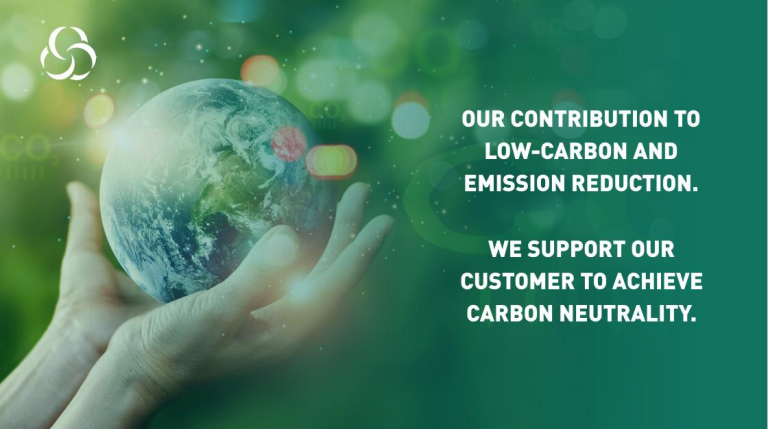Recently, Sanyuan Group’s greenhouse gas emission reduction targets were certified by the Science Based Targets initiative (SBTi)! This important milestone marks a solid step forward for the Sanyuan Group in addressing climate change and implementing its commitment to sustainable development, and demonstrates the Group’s strong determination to work with SBTi to limit global temperature rise to less than 1.5 degrees Celsius.
The Science-Based Carbon Target Initiative (SBTi) is a global initiative jointly launched by the Center for Global Environmental Information and Research (CDP), the United Nations Global Compact (UNGC), the World Resources Institute (WRI), and the World Wide Fund for Nature (WWF). SBTi provides companies with a framework and tools for setting science-based carbon targets, and independently evaluates and validates their emissions reduction targets to ensure that they are in line with the latest climate science research. the latest climate science research to help achieve the goals of the Paris Agreement.
The GHG reduction targets set by Three Sources include:
Scope I-II Emission Reduction Goal: Reduce total GHG emissions from Scope I (direct emissions) and Scope II (indirect emissions, e.g., purchased electricity) by 42% by 2030, using 2022 as the base year.
Scope III Emission Reduction Goal: Decrease Scope III Category 1+10 emissions (tCO2e/million yuan) corresponding to each million yuan of profit by 51.6% by 2030, using 2022 as the base year.
In order to achieve the above target, Sanyuan Group will adopt the following carbon emission reduction strategies:
1. Energy structure optimization: increase the proportion of clean energy (photovoltaic, green power) use, improve energy use efficiency and reduce dependence on fossil fuels.
2. Technological innovation and process upgrading: Promote the research and development and application of green and low-carbon technologies, optimize production processes, and reduce carbon emissions in the production process.
3. Supply chain management: Work closely with suppliers to promote the construction of a green supply chain and reduce carbon emissions in the upstream and downstream of the supply chain.
4. Operation cost reduction and efficiency: control production costs, improve operation quality, develop new orders and increase gross profit.
5. Green Operation and Advocacy: Promote green office and low-carbon culture within the company, as well as advocate employees to participate in energy saving and emission reduction actions.
As early as 2019, San Yuan Group set up a special group for sustainable development of textile and apparel, and passed a series of international environmental protection certifications to establish a complete green industry chain. This time, the Group’s greenhouse gas emission reduction target passed the SBTi audit, which is the opening of a whole new chapter in the sustainable development strategy, effectively enhancing the brand image of the Sanyuan Group, and further strengthening customers’ trust and recognition of the Sanyuan Group’s commitment to sustainable development, so as to occupy a more advantageous position in the expansion of business. In the future, we will continue to practice and promote the joint efforts of the downstream supply chain to achieve the scientific carbon goals and contribute to global climate action.
Translated with www.DeepL.com/Translator (free version)




